How many ways to eat a piece of ingredients?
Author:WELENS Time:2022.08.15

According to data from the World Resources Research Institute (WRI), from the moment the food leaves the land, to put it on the plate, 1/3 of the food produced in the world has been wasted or lost. These wasted foods weighing 1.3 billion tons, equivalent to the weight of 8 million blue whales. They could have been used to feed 300 million people.
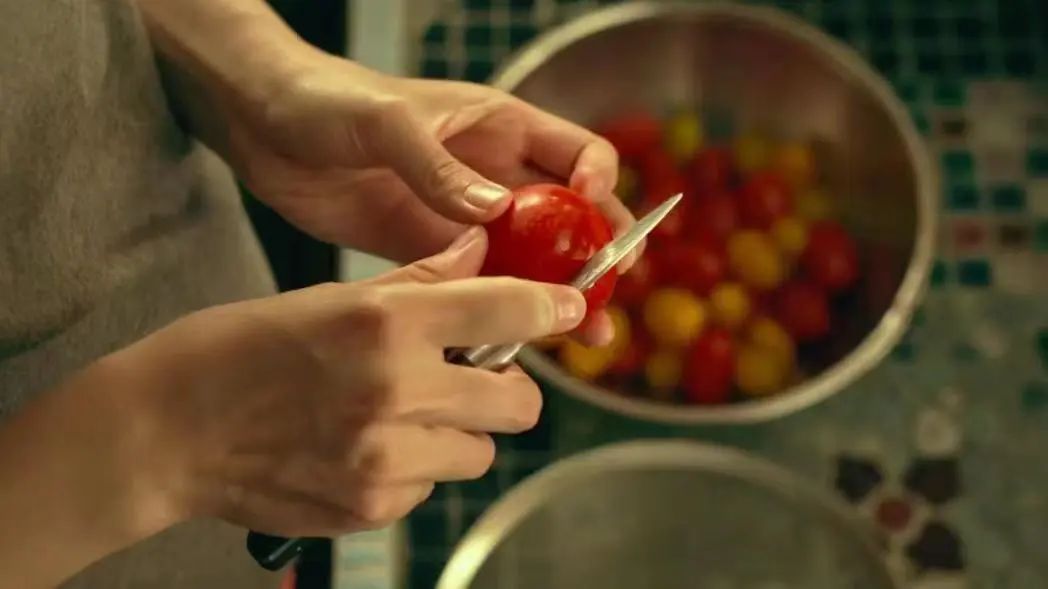
1/3, what does it mean?
It means that each year, we use nearly 2 million square kilometers of land, equivalent to the entire Volga River, nearly 30 million tons of fertilizer and 1 billion families with energy to produce one year of electricity to produce these Waste and losses them in each link of processing, storage, processing and consumption.
In addition to global hunger, the waste of food has also brought huge challenges to the earth. If the amount of greenhouse gas emissions produced by the world's annual losses and waste of food is compared to the emissions of a country, then it will become the third largest greenhouse gas emissions country after the United States and China.
In order to cope with the challenges of food waste, the United Nations proposed in item 12 of the sustainable development goals: "By 2030, the global food waste of retail and consumption links will be reduced by half, reducing food losses in production and supply, including after harvesting loss."
At the beginning of 2019, WWF has also initiated the "Save 1/3" (Save 1/3) in the world to remind more people to pay attention to the issue of food waste. If you can avoid wasting food, you can avoid the energy consumption of consumption due to wasting production. Behind saving the 1/3 of the food, in addition to the energy of 23 years of freshwater resources, 111.3 billion kilowatt energy for 30 years of consumption of 30 years, and 18,919 square kilometers, it is equivalent to 2.6 million football field forests and more sustainable sustainable forests and more sustainable. tomorrow.
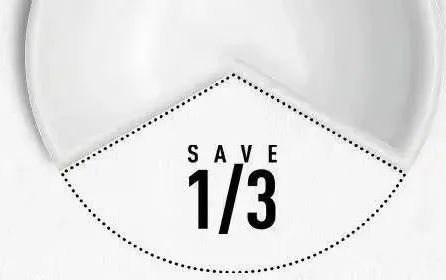
In fact, before the issue of food waste began to enter the world of most people, before being discussed in a larger scale, some people were already trying to solve food waste and tried a lot of new possibilities.
Those foods that have been wasted,
What is the reason?
Human obsession with aesthetic culture has always chosen to reject certain foods because of some small flaws.
In the UK, if you want to go to the supermarket, you must reach 62 grams, and Apple must be greater than 5 cm or 70 grams. There are as many as 10 kinds of fruits and vegetables under this strict and standardized. The standard of color. As a result, the appearance of fruits and vegetables entering the vegetable market and supermarkets has quantitative indicators, and a large number of mandatory scrap appears.
Take carrots as an example. The carrot that wasted because of ugly, in the United States in the 1980s, up to 360 tons each year. This huge amount of food wasted to make a change in a California farmer. He bought an industrial cutting machine to peel these ugly carrots, cut into two inch small pieces, and then freeze for easy sale.
This is the beginning of the mini carrot Ding revolution. The birth of mini carrots has increased by 33%of the consumption of carrots in the United States.
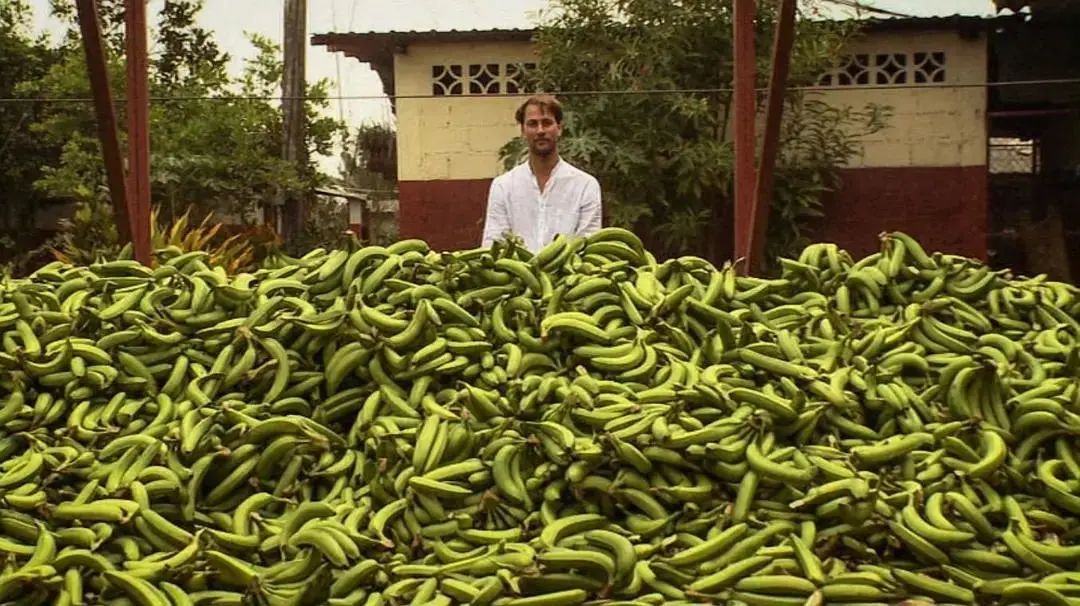
The forced scrapped banana, VIA documentary Just Eat It: a Food Waste Story.
In addition to the value of the face, the waste of food still occurs in the functional area, such as some foods are considered "unable to eat".
In sushi restaurants, every day, there will be pounds of fish heads, fish bones, and fish skin.
"The average 30%part of the fish cannot be used by the restaurant, including the spine, part of the tail, edge, side, side, and stomach. Edilson Next, the owner of the sushi restaurant, said.
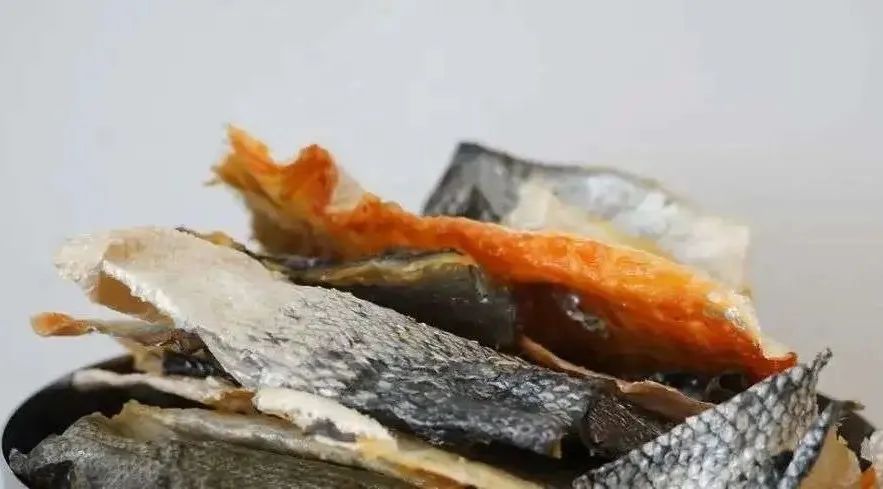
30%to 40%on the body of the fish will be wasted © Sancho Pancho
In order to avoid this waste, a brand named "Sancho Pancho" in Sancho Panza, a classic novel "Don Quixote", which is taken from Cevilia. New possibilities. The founder Daria Demidenko was a Russian. She moved to Portugal in 2015 and cooperated with a Japanese restaurant in Portugal's capital and some fish markets to establish her own business. She has a puppy named Panqiu, one of the sources of the brand name. She turned the remaining part of the fresh fish into a dog's snack to make full use of the parts that could not be placed on the human meal plate and could not be used when making high -end sushi and sashimi dishes.
Dog food made with white fish and sweet potato © Sancho Pancho
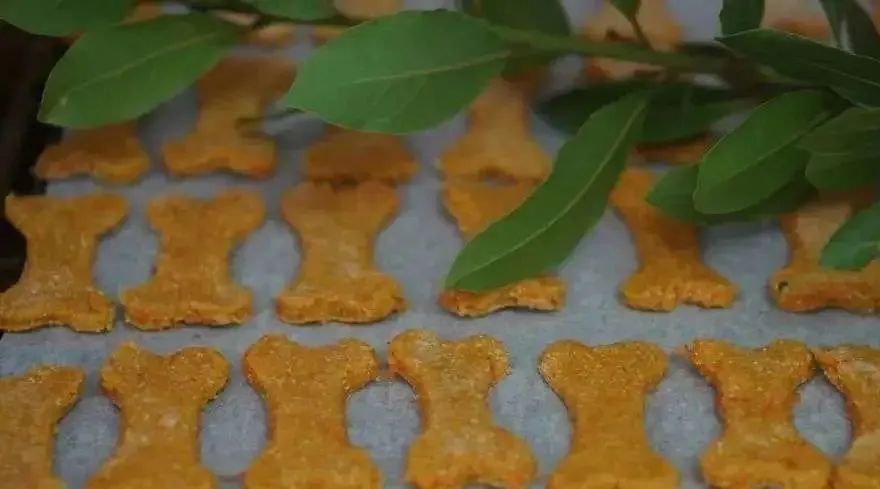
"We crush the raw materials, mix with flour, and then make biscuits. But there are other types of waste, such as white fish skin or salmon skin, which can be dehydrated. This type of snacks need to enter the machine, which remains in the machine and remains at 70 within 20 hours. The temperature of 出来C becomes more dry and brittle when we come out. We cut it into small pieces and salmon leather. "
In terms of reducing fish waste, there are some other feasible ways.
Scandinavian countries already have several salmon production industries that have reached 100%level of use of the whole fish. They make fish fillets, make fertilizers or produce essential oils with their eyes, without any waste. In addition, there are zero wastes about using fish skin to make wearable products, use fish scales, and use squid ink to color the pasta and other dishes.
The shelf life is an indispensable information on the food bag, but there are countless food waste caused by the shelf life. In the link of food wholesale and retail, there is one third principle, that is, when the food distance is still one -third of the shelf life, the retailer will return the food to the manufacturer in advance to destroy it.
Foods thrown away from the shelf life VIA documentary Just Eat It: a Food Waste Story

One study shows that an average of about 123 kg of food wasted each year, and 80%of them belong to the edible food. In Japan, more than 6 million tons of food that can be eaten every year but discarded.
But the shelf life means that the freshness, taste, or fragrance of food will only be discounted by the food, and it does not mean that food cannot be eaten safely.
Once, 60%of consumers would choose to throw away food because of the premature shelf life label of food. And now, after understanding the date is only quality indicators rather than safety indicators, more people no longer refuse to refuse food. On the Douban platform, the "I Love Food Group" has now been 93,000 "Foodwriters".
In the same way, waste of the restaurant is also inestimable. In order to avoid food safety, they often choose the simplest way of dealing -discard.
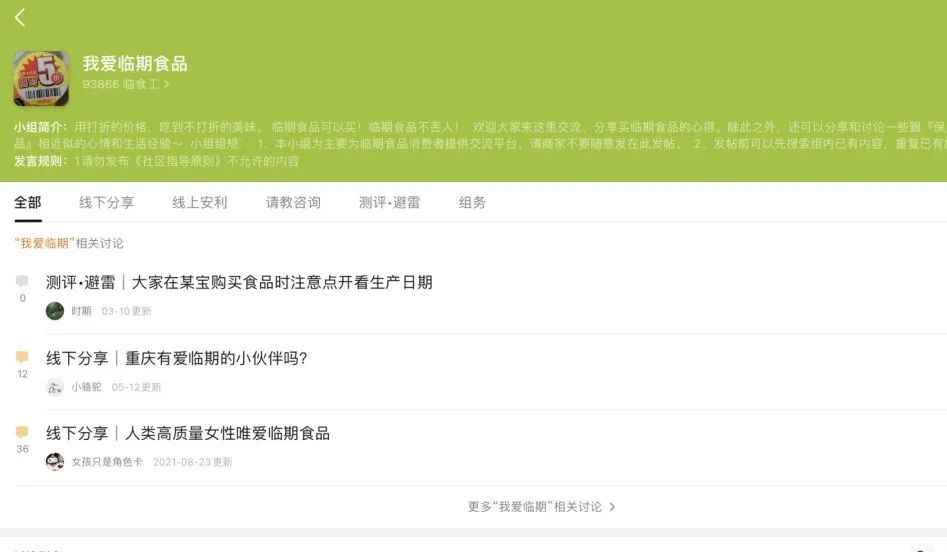
Jamie Crummie is a civil lawyer who is often invited to participate in the event and dinner. After a dinner, Crummie saw the staff that the remaining food left at the banquet directly discarded the food.
The huge waste prompted what he wanted to do. In 2015, he cooperated with others to develop an app to sell the remaining food before snoring the restaurant. good stuff". (We have written in the past, click to learn more)
TOO Good To Go use interface, how to use: find your favorite restaurant, place an order of Magic Bag, pay, pick up the goods on the spot
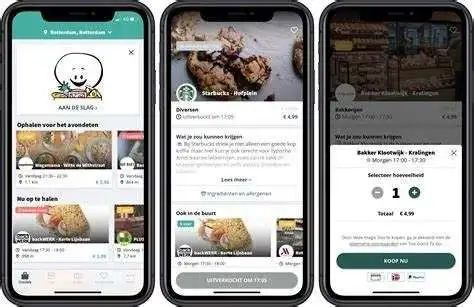
By setting up a trading platform that cannot be sold before selling at a discount price, it is the original intention of TOO Good to go to reduce food and enterprises. In 2016, its concept of environmental protection was awarded the Nordic Environment Award by the Nordic Council. At present, it has more than 5 million users in 14 countries around the world.
TOO Good To Go "rescue" bread can supply 25 million breakfast
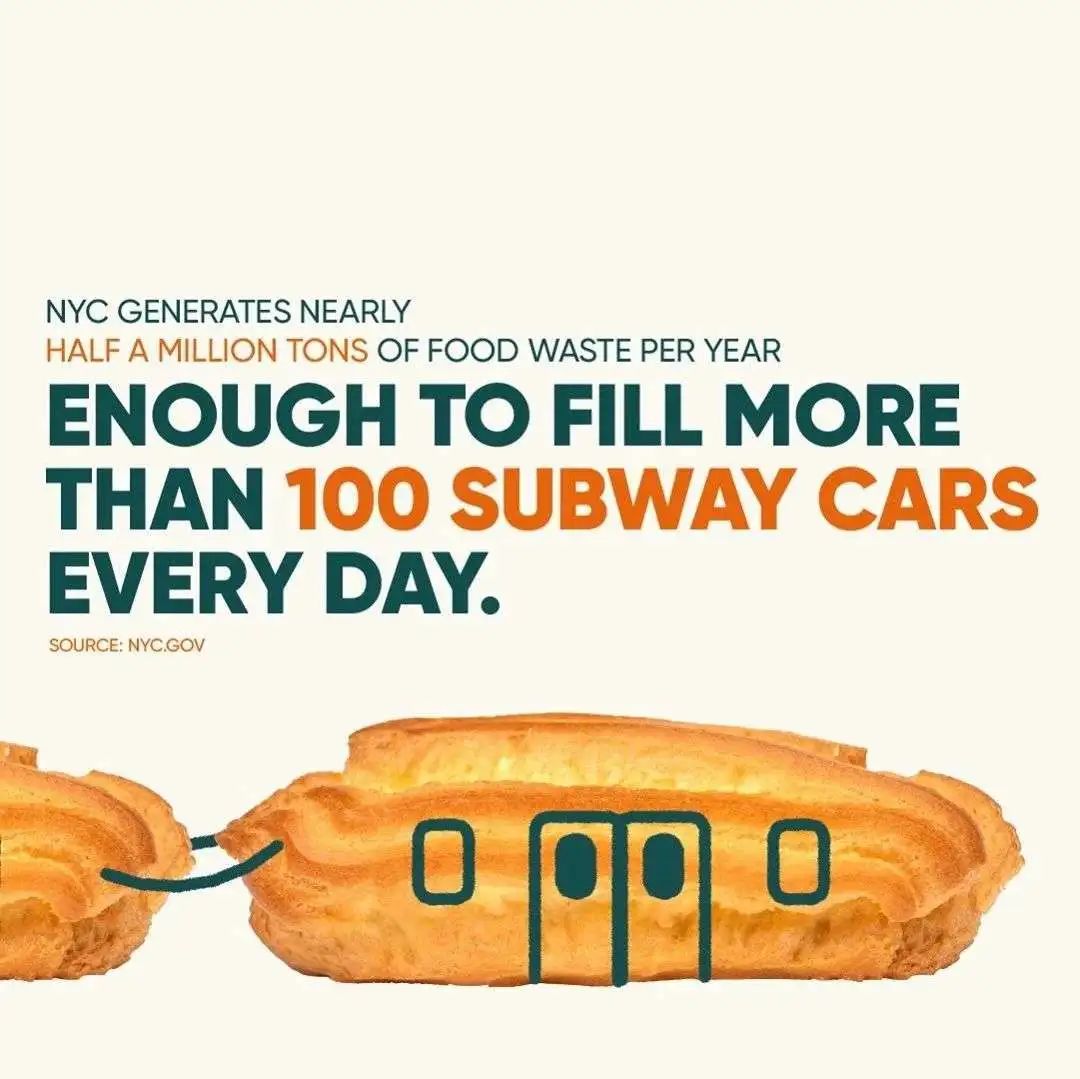
Coincidentally, there are still people in the UK who have developed an app called "shared food". If there are endless foods or foods that cannot be preserved for a long time, people can upload it to the app, and those who need nearby can come to the door to collect it.
In China, a small program called "walking away". In addition to the discount map of the temporary food, there are also merchants such as second -hand stores, repair shops, and self -made discounts, which are also trying to make life sustainable.
Perhaps the power of a handful of people is not enough to fight the waste of the entire food, but it is the attempts of these people that the solution of food waste becomes possible.
Those imaginative
Food restaurant
Fergus Henderson, a Cavaliers of the British Empire, is an architect and a chef. He proposed a famous concept -from nose to tail. He believes that all parts of the animal should not be wasted, and even the "miscellaneous" that is often discarded can be cooked into food.
"If you do not use every part of the animal, it is insulting animals," he said in his book "Beyond Nose to Tail Eating". In 1994, Fragus and partner Trevor opened the first restaurant named St John, located north of London Financial City, and the oldest fresh meat market in London's Smithfield Market. While they brought the eating philosophy from nose to tail to the British catering industry, they also changed the habit of the British do not eat internal organs. Upper, it became Michelin's one -star restaurant.
Eating from the nose to the tail is a successful experiment of sustainable catering, and it is also one of the early practice of zero waste in the catering industry. And from the beginning of solving food waste, while the catering industry solves food waste, it is also exploring the possibility of zero waste.

The British Human Masters Douglas McMaster has witnessed a large amount of food waste in more than ten years of working in chefs.
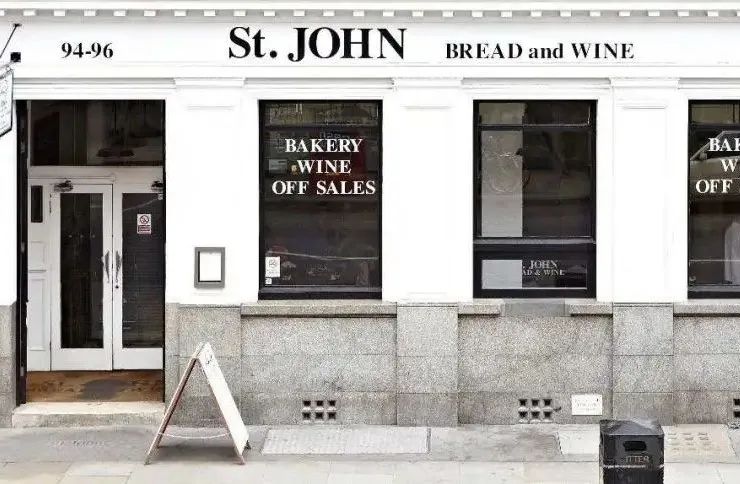
"Today's food industry can be said to be chaotic, and half of the crops in the world are wasted. And worse than waste foods, we eat food every day -all chemical synthetic products."
In 2012, with the concept of "don't discard anything and only choose the freshest season ingredients", McMaster proposed the concept of the world's first "Zero Waste Restaurant", and Put it into action.
This is the source of Silo. A restaurant with only 50 seats. By cooperating with local farmers, Silo realizes that all ingredients have no possibility of packaging during transportation. And all the remaining ingredients and coffee residues can be cleaned through a kitchen machine set up in the store, and then shared the produced to the local farmers as fertilizers to plant mushrooms or carrots, and in the food production process The sustainable "closed loop" was achieved.
"Waste is because of lack of imagination." McMaster said that in Silo, not only did they make the more strange fruits and vegetables in smoothing the taste; Corresponding dishes.
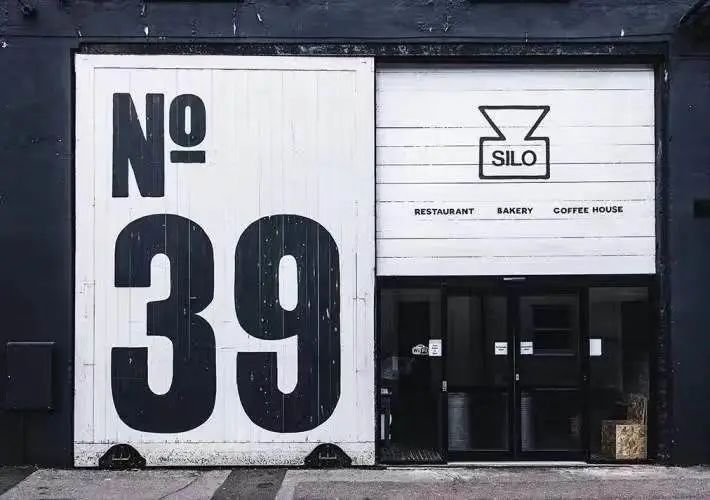
In addition, Silo's bar, dining tables, chandeliers, and cushions are made of recycled plastic packaging or acetic mycelium system, while wall light bulbs are made of empty glass bottle through crushing, molding and kiln.
In 2016, a young man in Germany went to Silo to visit and took 10 days to help in Silo's kitchen. In the second year, he and his wife Jasmin founded FREA -Berlin's first vegetarian waste restaurant.
"We provide plant -dominated seasonal foods" from bread to hazelnut sauce, Conopa tea, and pasta. Everything in FREA is freshly made, and the menu will be updated according to the season.
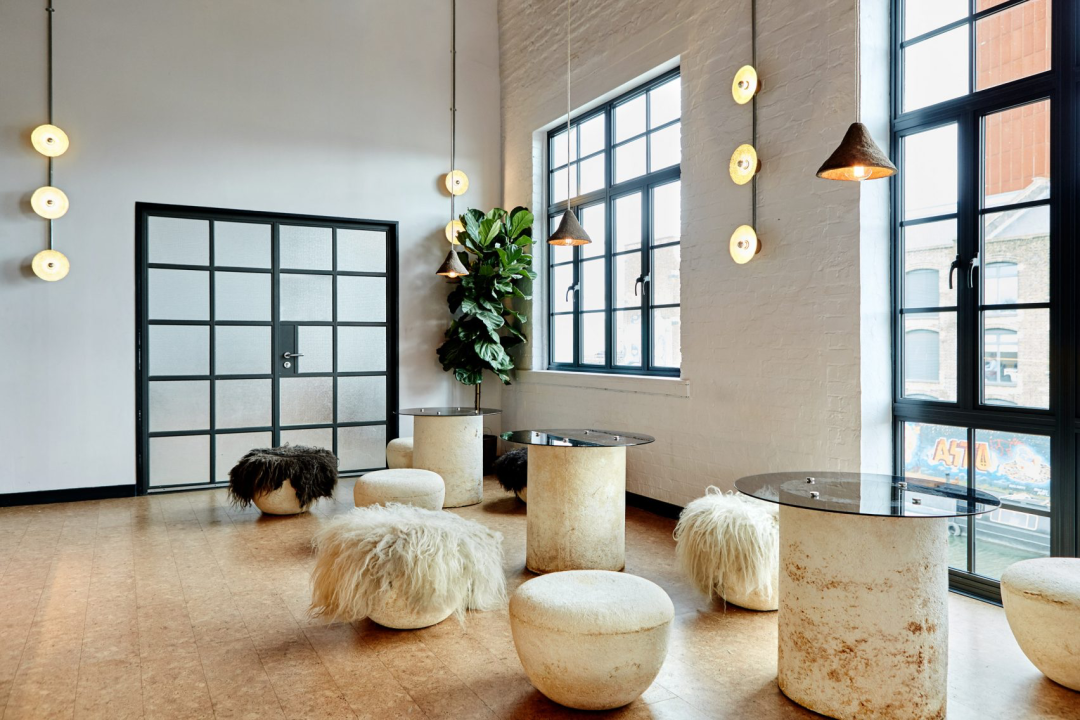
FREA opens in a bright corner, and the second -hand green plants bought from the eBay website with long wooden dining tables, second -hand furniture, lights made of recycling materials, and naked walls are decorated. The unsuitable tables and chairs are not abruptly paired. The packaging plastic accumulated during the decoration was also melted by Jasmin, and it was made into a 15 kg of painting, hanging on the wall of the restaurant.
"The style of the restaurant should reflect the preparation of food" Jasmin and David said.
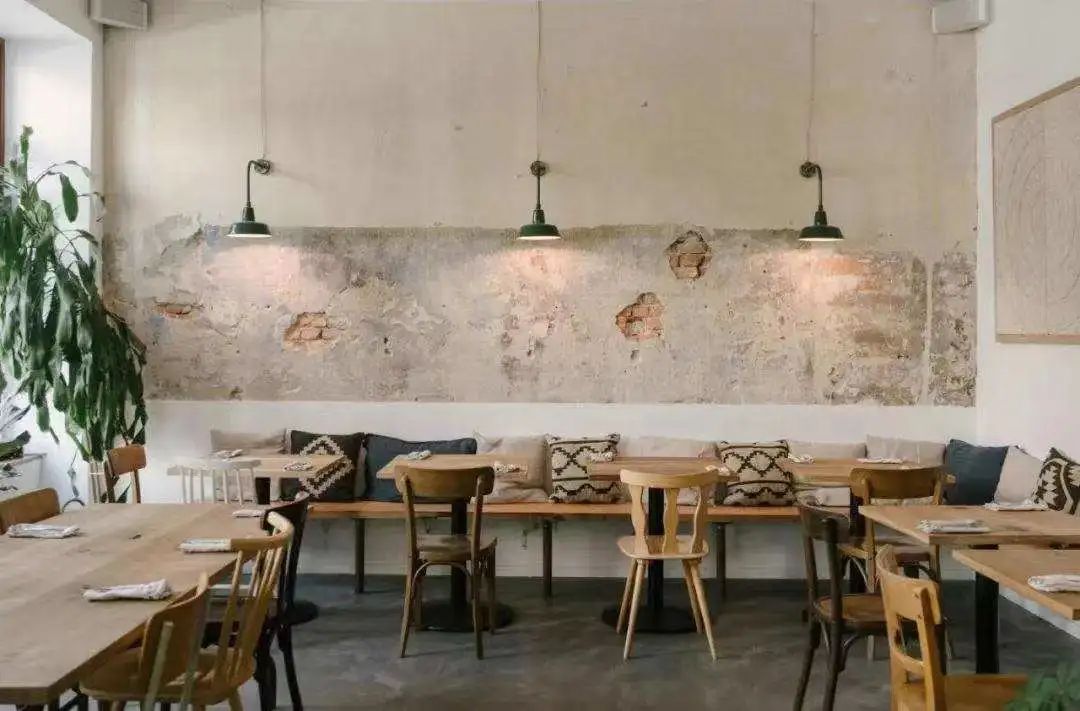
In the kitchen, all ingredients will be used as 100%as much as possible, and vegetable skin will be used for cooking. There is no trash can in the restaurant. Like Silo, when these food garbage decomposes, FREA will send them back to the farmers who supply them to their organic fruits and vegetables.
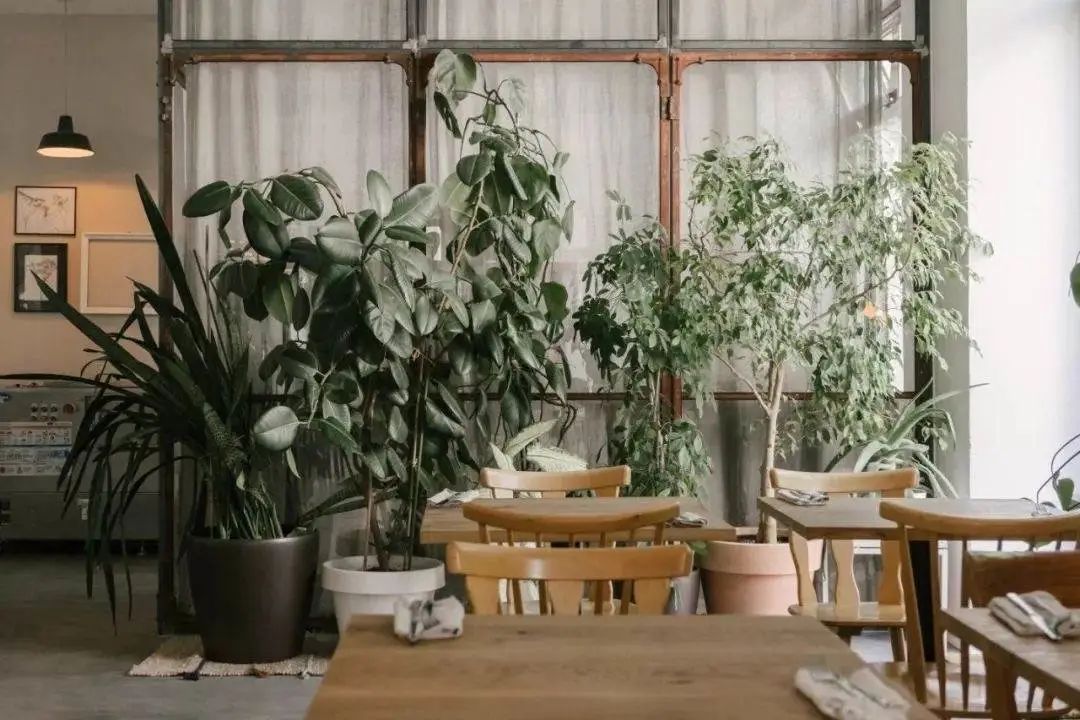
David said: "Zero waste is infiltrated into our food, drinking consumption. We encourage organic planting, sustainable production, cooking ourselves, conscious self -management, and reducing packaging use."
FREA is taken from the goddess Flega in the Nordic mythology. She is in charge of marriage and family. She is the patron saint of fire and housework. Just like the FREA restaurant, they harvested organic fruits and vegetables from the soil, cooking ingredients with fire, and then returning the food remains to the soil, so that the food can continue to continue.
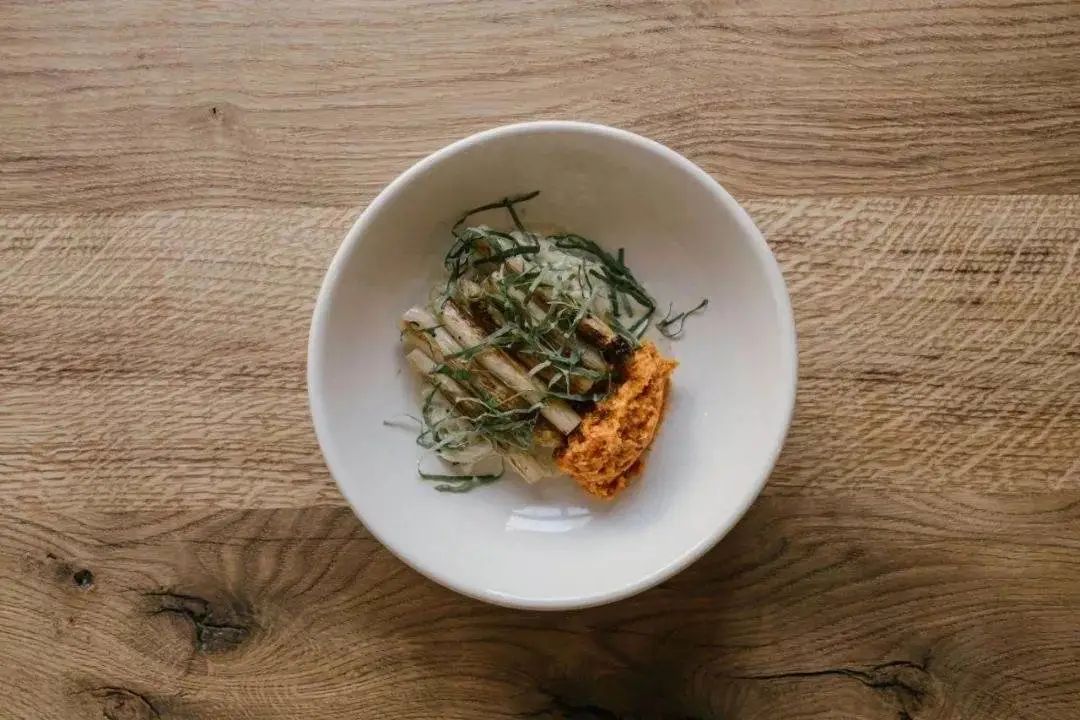
The courtyard planted with oranges
Re -used textiles are used to fill the cushion on the bench

Mo de Movimiento is also a zero -waste restaurant. It was born during the post -epidemic period, located in Madrid, Spain, and was transformed from an old theater.
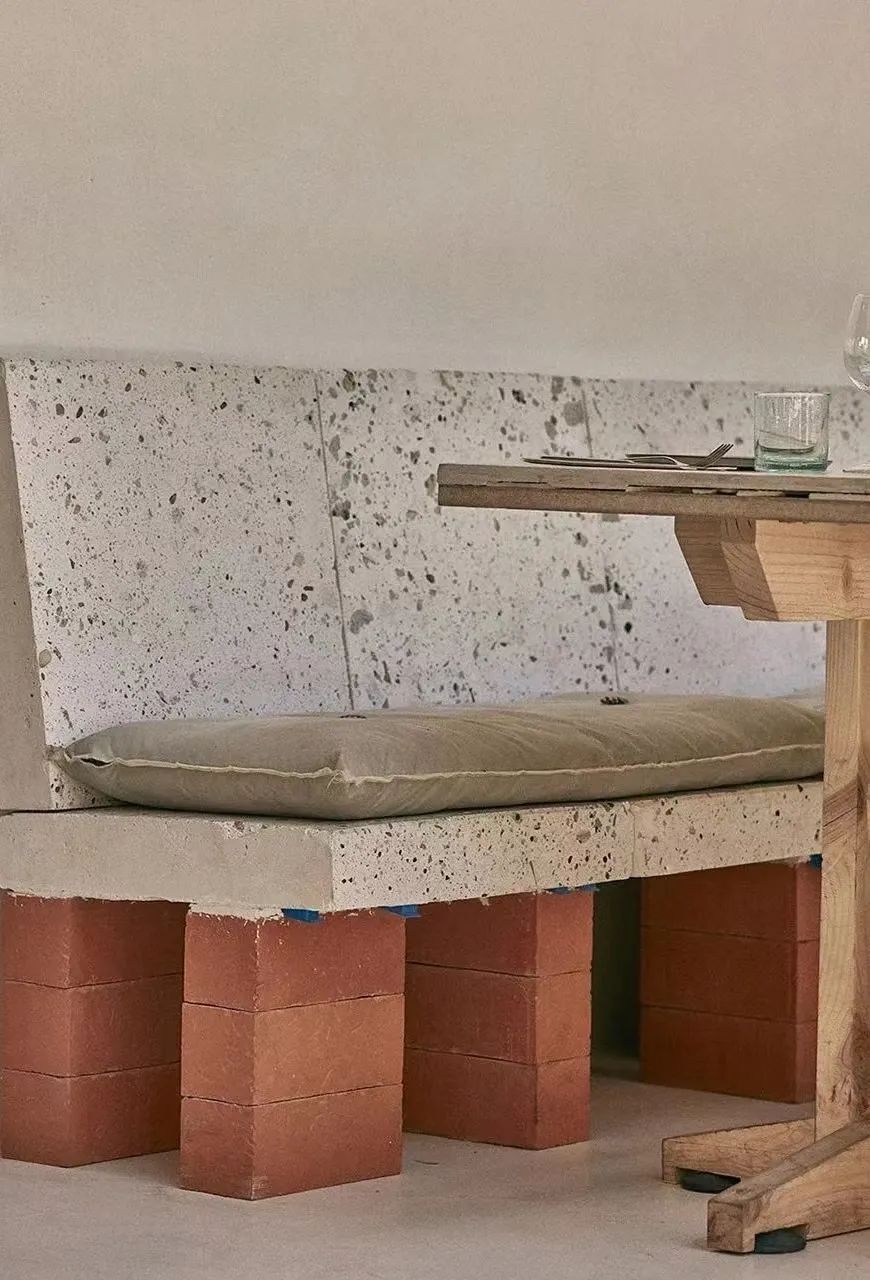
MO with a size of about 1,000 square meters, some buildings are built by building rubble used in 1700 kg.
Each element has the shadow of recycling old objects and construction garbage in the construction site: the bench made of the remaining rubble left in the old theater, ground tiles made of other construction site waste, restaurant lamps made of fluorescent light boxes in the parking lot, and even from old buildings from old buildings The natural dye extracted from the nails in the wood, uniforms the employees who color the second -hand shirts ...
The entire process of MO reduced the carbon footprint of more than 70%. It abandoned the formalism that rely on aesthetic value to get attention, trying to explore and share the possibility of sustainable each material from details.
Perhaps in the future, zero waste may appear in our entire life.Text: Cloud Radish Editor: Xiaomeng Produced: Algae
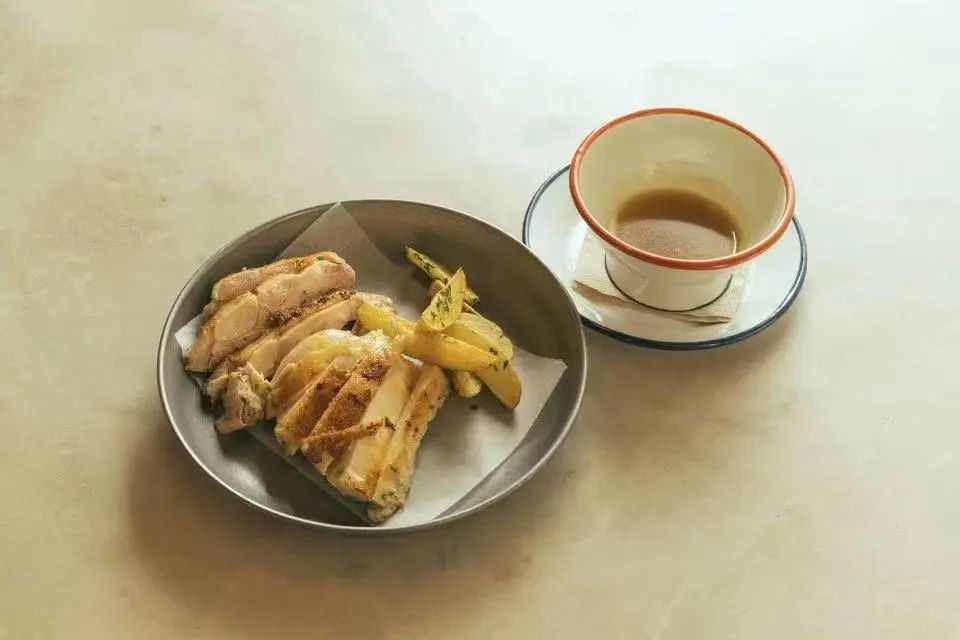
- END -
British media: Warm climate warming, let some regions that do not produce wines began to produce wine
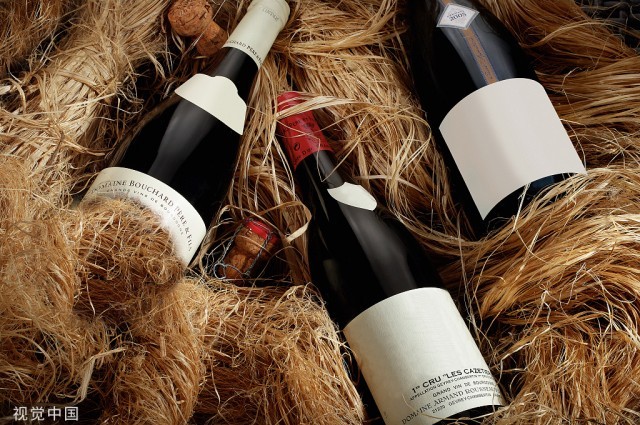
[Global Times Comprehensive Report] For the British, climate change is not complet...
Our embassy exclusive response: The report is not foundable

Our new embassy in Pakistan responded exclusively: Australian media claimed that C...